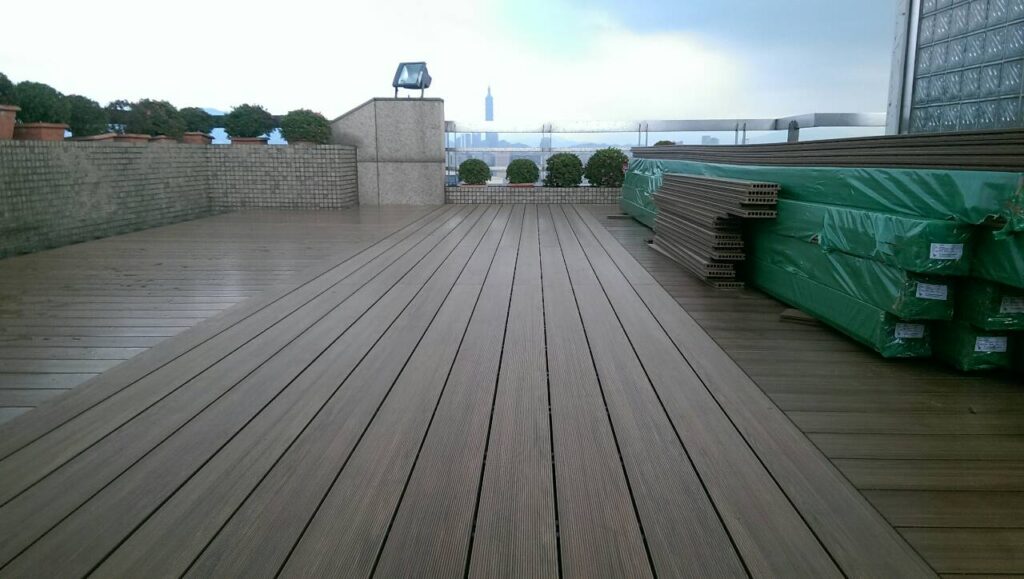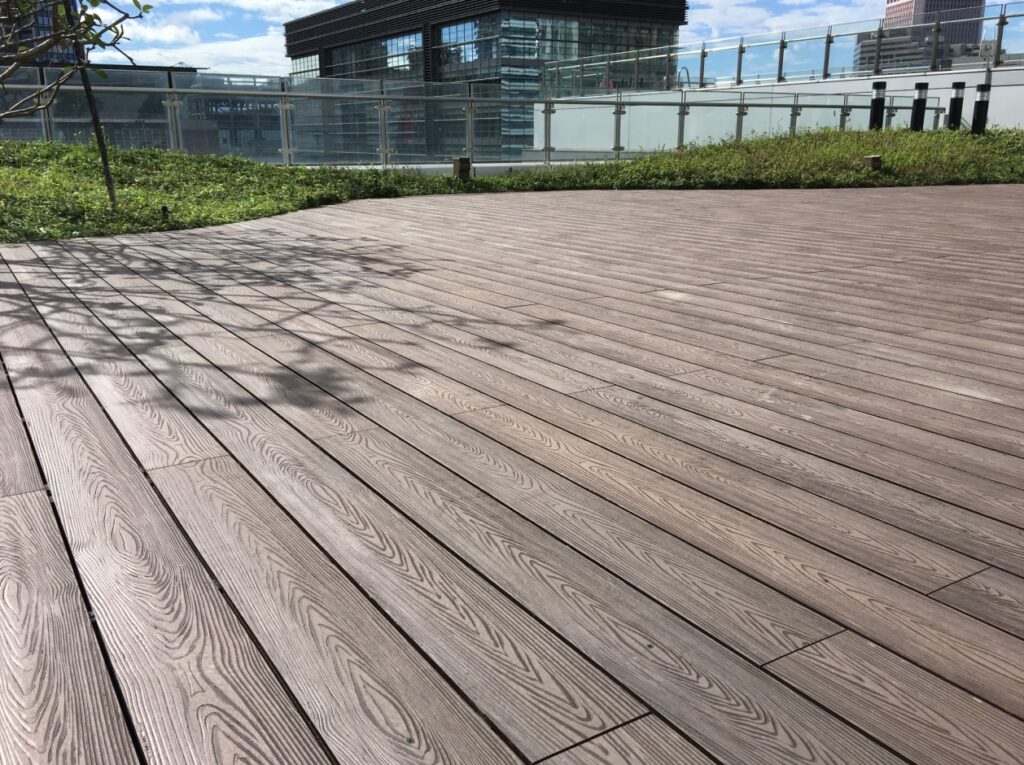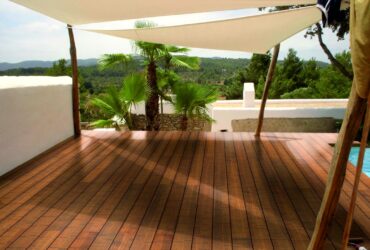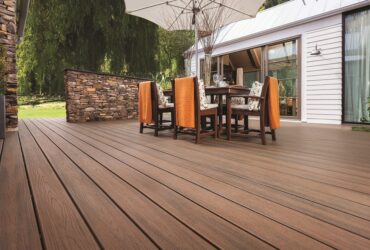Physical Methods for Dealing with Interfacial Compatibility in Wood-plastic Composites
Physical methods mainly include heating and drying, steam eruption and discharge treatment.
Heat drying is the most common method of treating wood. This method, based on the thermal degradation of hemicellulose and the rearrangement of lignin, reduces the hydroxyl content on the wood surface, which is beneficial to its bonding with plastics. However, the removal of hemicellulose also makes the cell wall structure unstable, and high temperatures can also cause anisotropic shrinkage, rupture, and even destruction of the cell wall structure of the wood.
Steam eruption is a new method of treating wood that increases the strength and surface area of the wood by causing morphological and structural changes in the wood, destroying the cell walls of the wood.

Discharge treatment includes low-temperature plasma treatment, ion sputtering method and corona discharge method, which forms a mechanical bite force by etching the wood surface.Can change the surface potential energy of wood,For wood, corona activation increases the content of aldehyde groups on the wood surface. Low-temperature plasma treatment can also achieve similar results. Depending on the type of gas used, a variety of surface modification effects can be obtained. For example, surface cross-linking can occur, surface energy can be increased or decreased, surface free radicals or groups can be generated, etc.

The above discharge treatment method is known to be very effective in activating "inactive" polymers such as polyethylene, polypropylene and polystyrene. They have been successfully used to modify cellulose fibers to reduce the melt viscosity of cellulose-polyethylene composites and improve the mechanical properties of cellulose-polypropylene composites.


